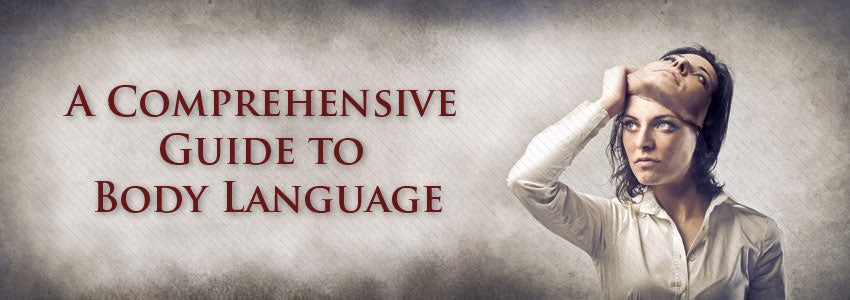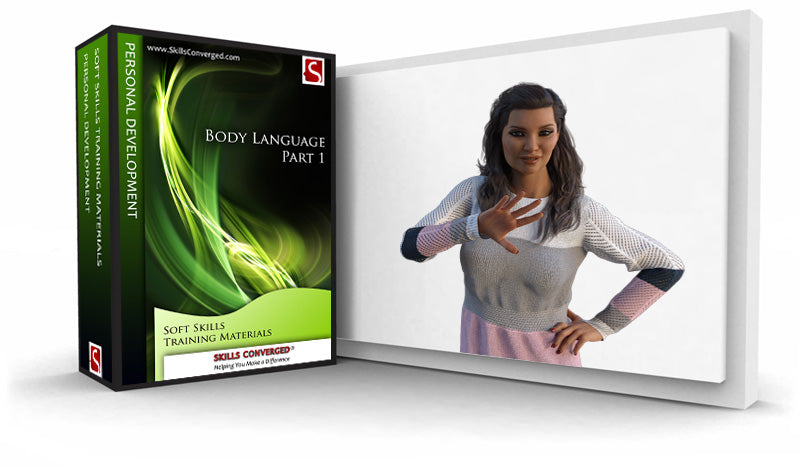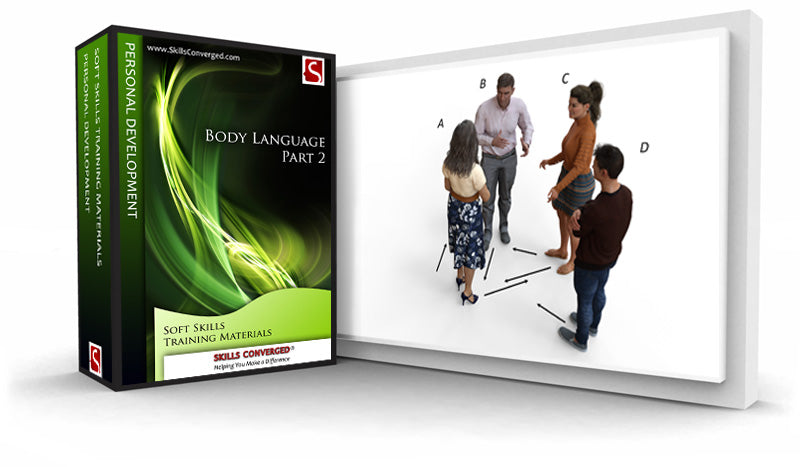
Body Language Across Different Cultures
A signal for “Ok” can be expressed in many different ways on planet Earth with its diverse set of cultures.
It is sometimes critical to know such variations specially if you are likely to find yourself in high-stakes meetings with international businesspeople. Although bear in mind that due to the disruptive effect of Internet as a technology and today’s globalised communication, many people are aware of body language signals of other countries, especially body language of those that are culturally more dominant. This globalisation means that a thumbs-up icon used to “like” something on a Facebook page will not confuse or potentially offend some of its one billion global users.
In this body language guide, you will find a list of non-verbal signals and their interpretation by various nations. Remember, gestures can be context sensitive overriding national meanings. For example, in underwater diving, a thumbs up means “I am stopping my dive and I am going to ascend”. If you are a new diver and see someone do a thumbs-up, and you happen to be British, resist the urge to do a thumbs-up back thinking that you are saying you are Ok too. The other person may think you want to stop your dive and ascend too!
In the following guide, several gestures are examined. For each gesture, you can see various countries’ interpretation of it along with differences among nations. Use these to increase your awareness of body language signals and reduce the likelihood of offending or getting offended by others.
Hand Shaking
UK, US, Germany, New Zealand:
These people shake hands on meeting and on departure. If two people know each other, sometimes the handshake is skipped.
France and most other European cultures:
Even if they know each other well, people from these cultures will still hand shake on meeting and departure. It is more common to handshake several times a day even with the same person.
India, Middle East, Asia:
People from these nations may continue to hold your hand after the handshake is finished. It is also more frequent and can happen several times a day.
Japan:
This type of bodily contact is considered impolite and is replaced by a bow. The depth of the bow shows the amount of respect shown and indicates the relative status between the two. Detecting bow strength may require years of experience, so a simple bow by a foreigner is usually adequate.
Hand Shaking Pumping Frequency
French and Germans:
1 or 2 pumps
UK:
3 to 5 pumps
US:
5 to 7 pumps
Arab:
Frequent but less firm.
The difference between hand shake pump frequency means that a French man with one pump might find an American handshake too overwhelming and an American might find the French too cold.
Head Nodding
In most of the world:
This means “yes”
Bulgaria:
“No”
Japan:
“Yes, I understand”, or, “Yes, please continue”, but not necessarily, “Yes, I agree”
Parts of India:
Head is moved (tilted) side-to-side to show agreement.
Showing Soles of Feet
In many Asian and Arab countries:
This is considered rude as is usually translated to “I find you lower than what I walk on”.
Cheek Kissing and Hugging
Southern Europe:
This is standard greeting whether the other person is known or not. It is however less common in professional settings. Men kiss women and women kiss women. Men kissing men varies between countries and within countries. It also depends if the other person is a family member. Hugging is popular between the sexes, between two women as well as between two men.
Netherlands, Switzerland and France:
Women kiss men and Women. Men prefer to handshake rather than kiss men, except kissing father and close friends or if they have not seen a friend for a long time.
UK:
Cheek kissing is not as common as it is in the southern parts of Europe though it is practiced for greetings between the sexes and between women. Cheek kissing between two men is unusual.

Uncomfortable?
US:
Air kissing is becoming ever more popular. Air kissing is kissing near the cheek in the air while cheeks may touch or not.
Middle East:
Kissing between men and women is considered inappropriate if the two are not married or closely related. Kiss of the cheek is common among same sex people when greeting.
Turkey:
Cheek kissing is widely practiced including men to men unless they are getting introduced for the first time.
Note: Generally, the larger a nation the more likely that attitude to kissing varies within the country. The custom is usually different depending on which city or area a person comes from. Kiss frequency is perhaps one of the most difficult gestures to memorise and remember across all nations and regions.
The O Ring
UK/US:
Means “Ok”
France, Belgium:
Means zero
Japan:
Means money
Turkey:
It is considered rude (Meaning “A***hole”)
Greece:
Suggests homosexual/gay

Thumbs Up
UK:
Means “Ok”, “All right mate”, “See you later mate”, “Brilliant”
West Africa, parts of South America:
Obscene sign meaning “Up yours pal!”
Brazil:
“Thanks”
Iran:
Traditionally interpreted as an obscene sign similar to the middle finger in the western world.
Egypt, Israel:
“Very good”, “Perfect”
Denmark:
“Good to go”, “Brilliant”
Germany, Italy, Hungry, Greece:
“Ok”, “No. 1”
China:
“You are number 1”
Australia:
“Terrific”
Finland:
“Good”, “Fingers crossed”
The V Sign (Back of Hand Shown to Observer)
UK, Australia, Ireland, New Zealand and South Africa:
Considered an insult.
The rest of the World:
Generally interpret this gesture the same as the V sign with palm shown to observer.

The V Sign (Palm Shown to Observer)
Most of the world if used:
Two, Victory, Peace

Touch
In general, members of some countries prefer not to touch each other as a sign of respect while in some other nations touching is practiced often and is used to strengthen social bonds.
UK, Japan, Germany, US, Australia, Canada, New Zealand, Australia, Northern Europe, Portugal:
Don’t like to touch
Spain, India, Iran, France, Turkey, Greece, Arabs, Some parts of Asia, Italy, Russia:
Like to touch

All Articles in the Series
A Comprehensive Guide to Body Language
Origins of Humans and Body Language
How to Read People Using Their Body Language
How to Influence Your Emotional State Using Body Language
Body Language Across Different Cultures
Body Language of Defensive Attitude
Body Language of Good First Impressions
How to Improve Personal Impact
Continue Reading the Body Language Series..
Body Language Guide Article IndexBody Language Training Materials
Body Language Exercises
Explore our collection of free body language training exercises and articles:



Use this body language exercise at the beginning of a session before covering non-verbal communication. The aim is to find out how much delegates already know about this topic and...
The aim of this exercise is to get the delegates think about body language and gestures and observe how such signals can be instrumental while communicating. The training exercise illustrates...
This is an exercise in communication with the aim to increase awareness of body language and non-verbal communications.







